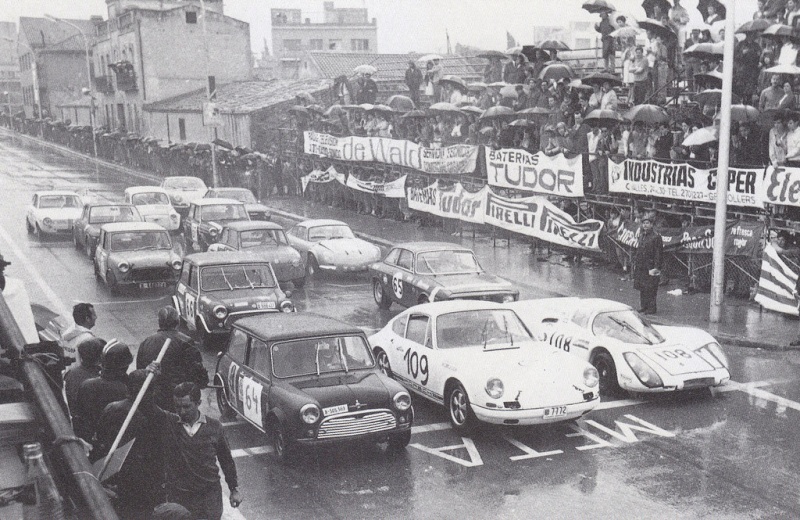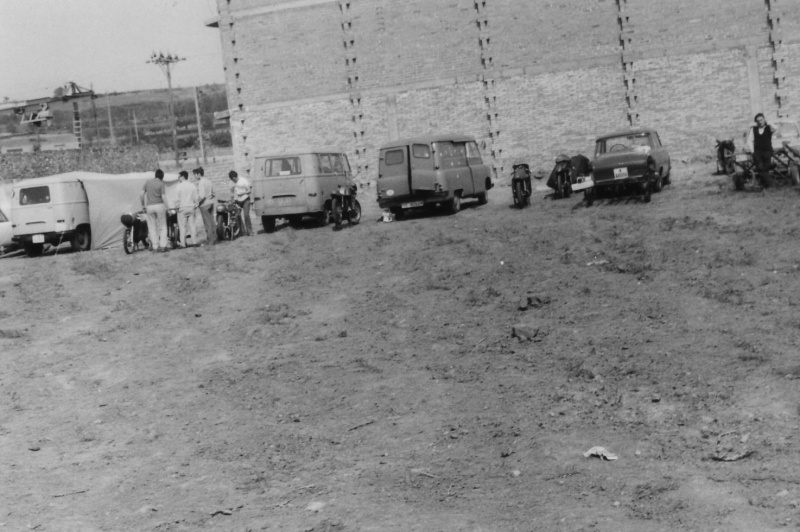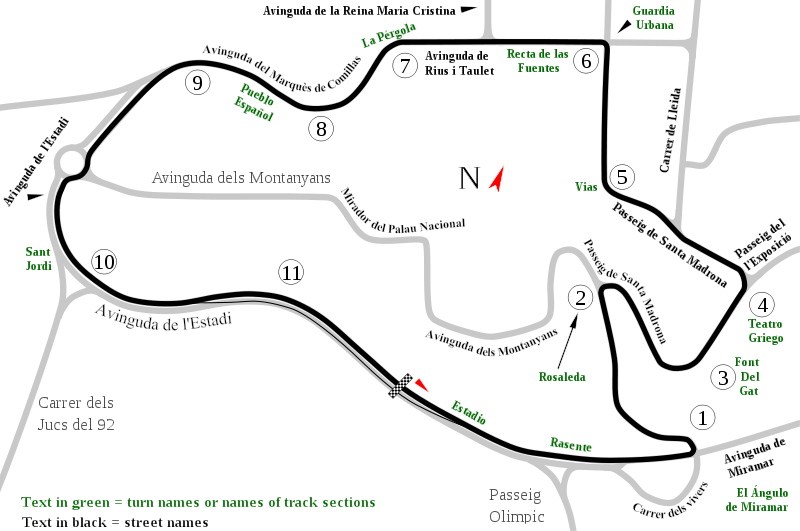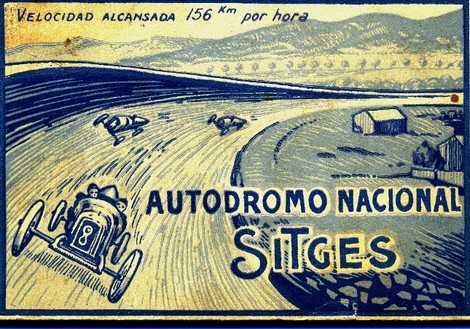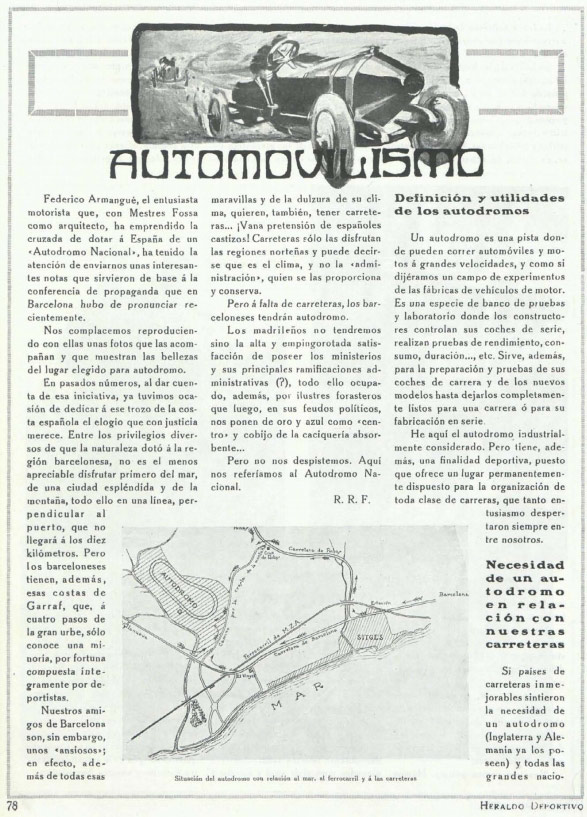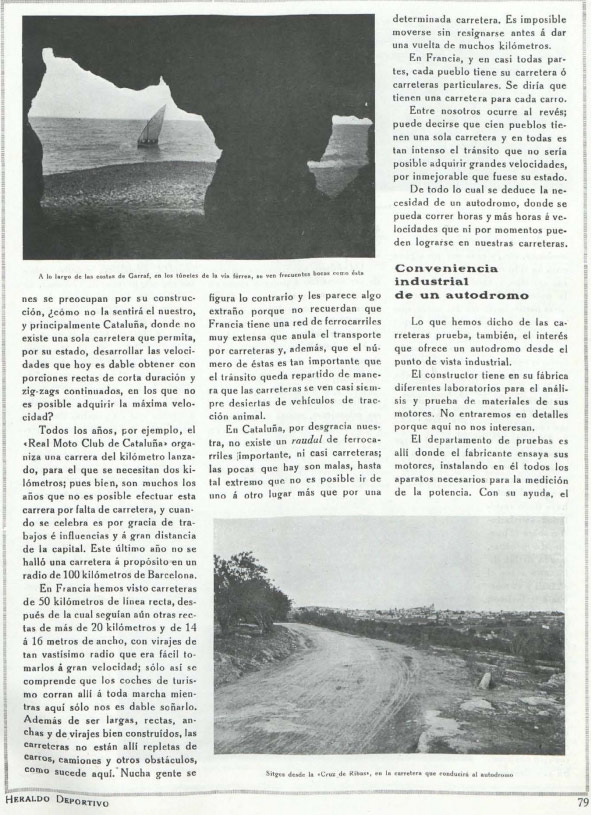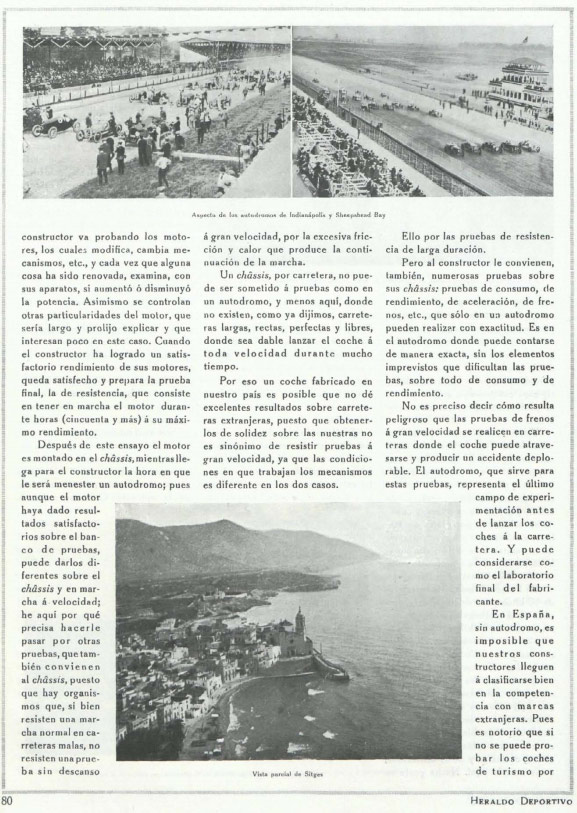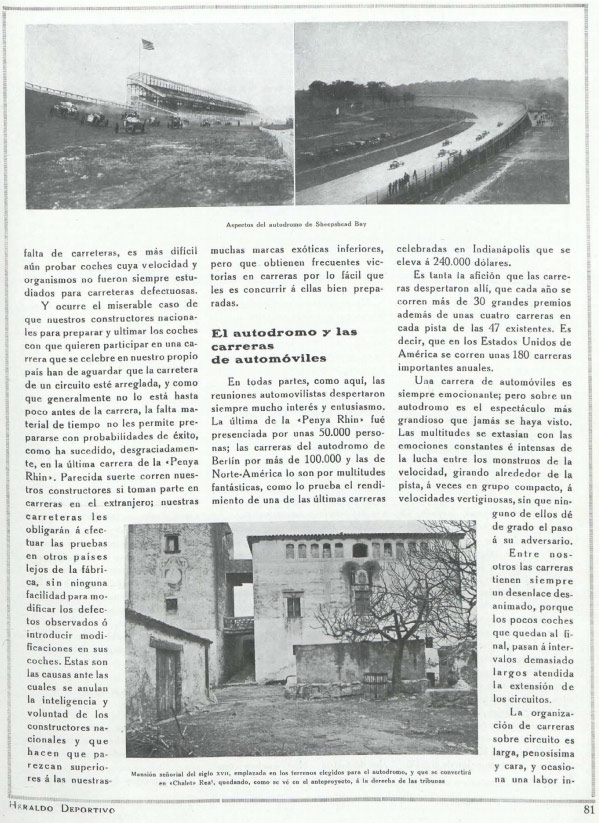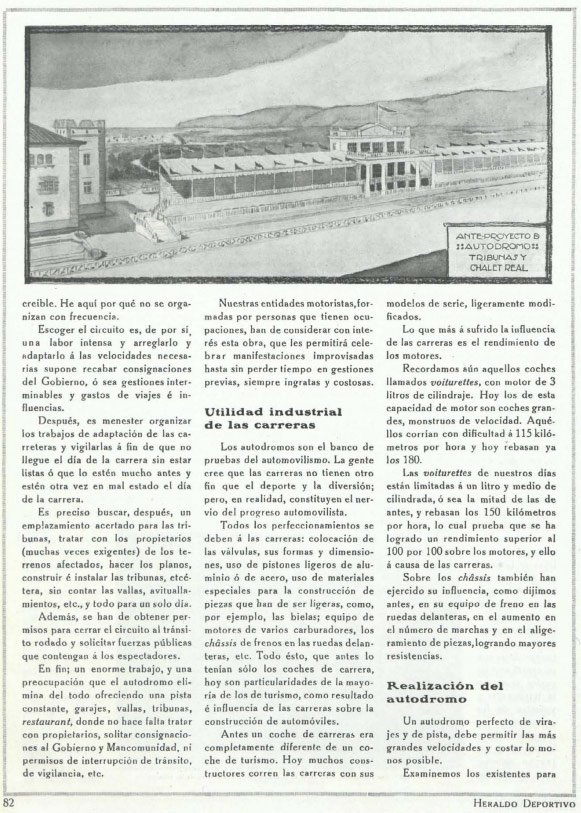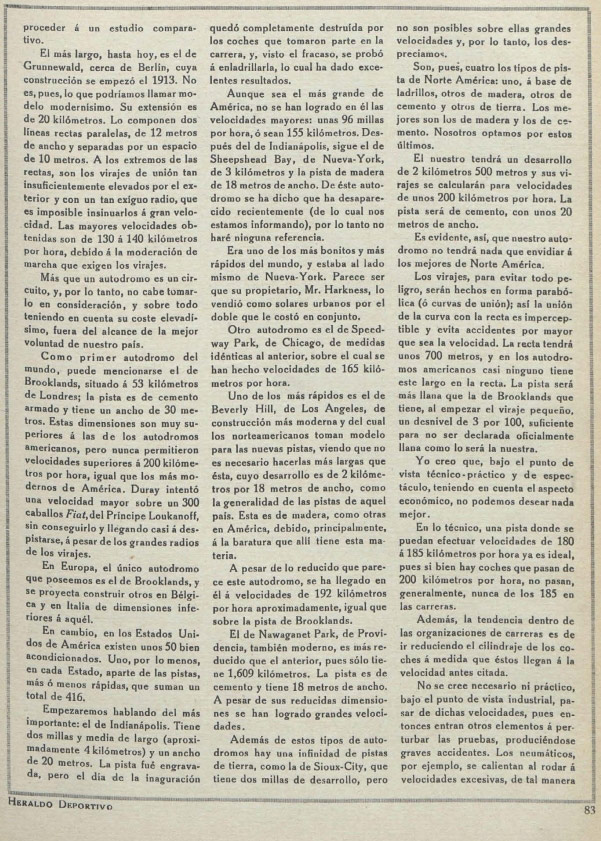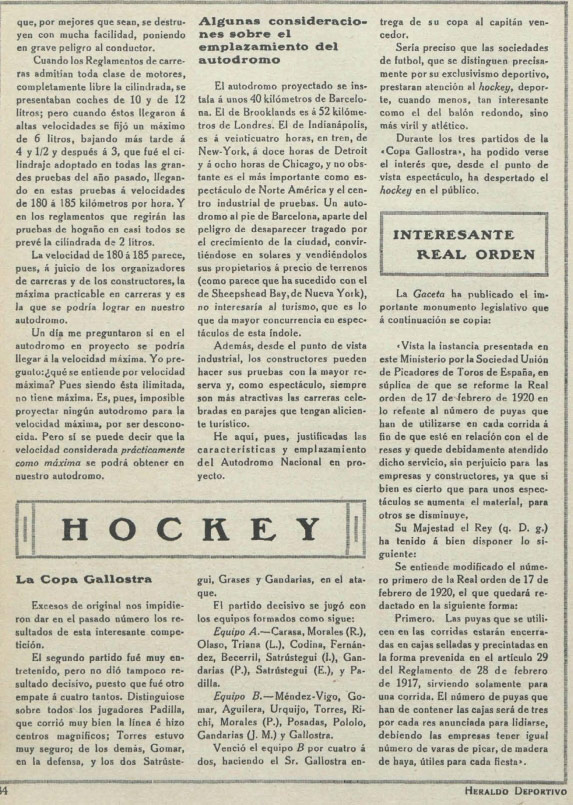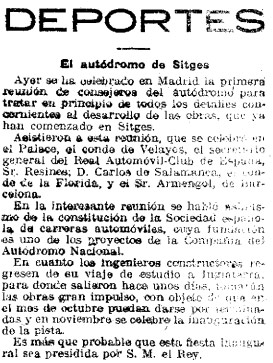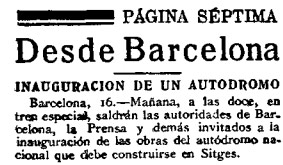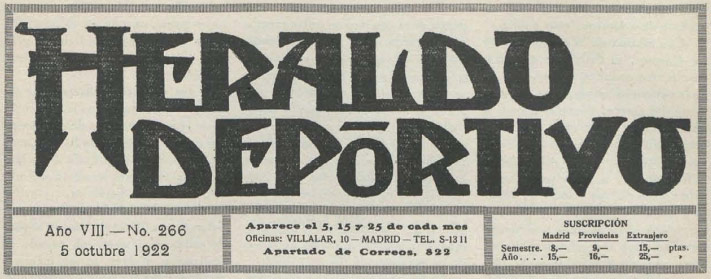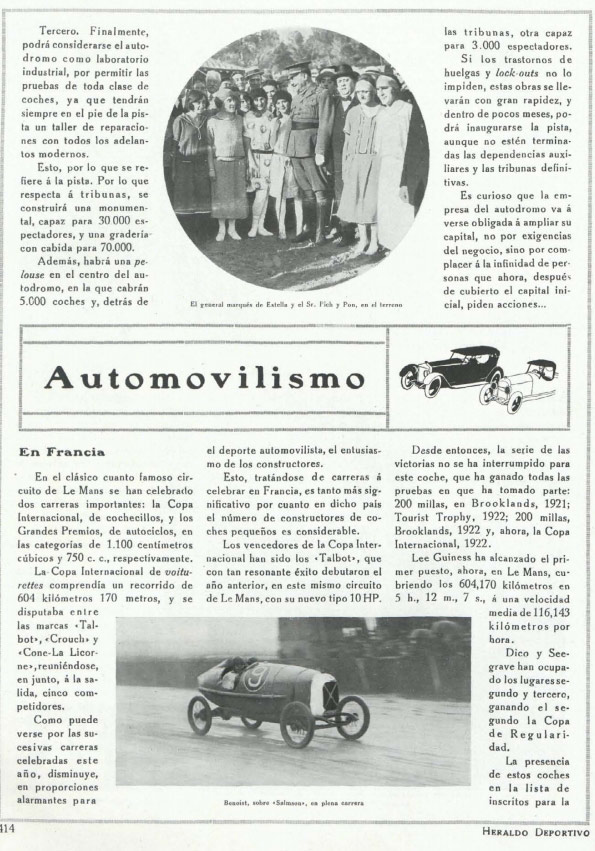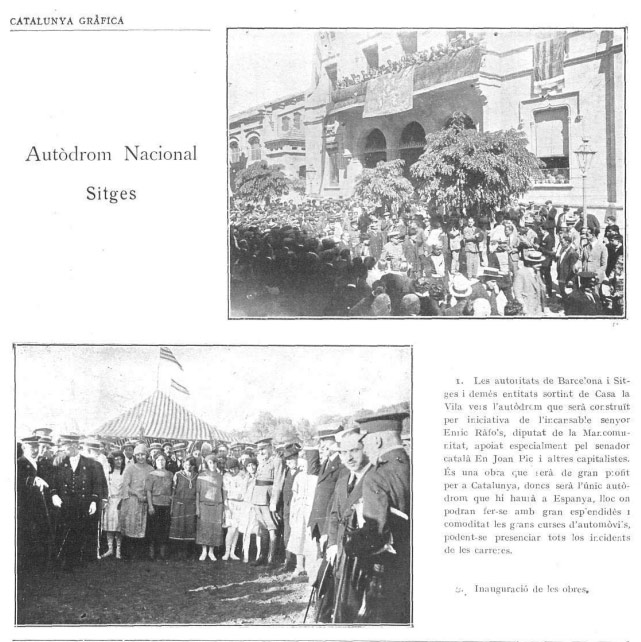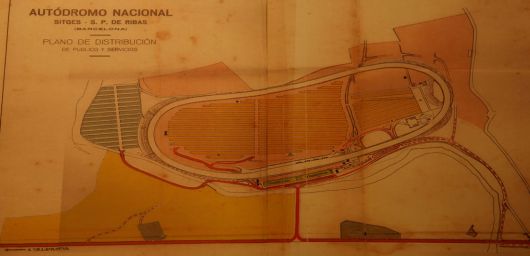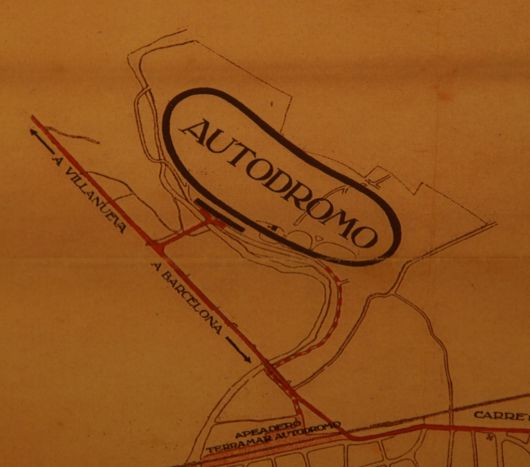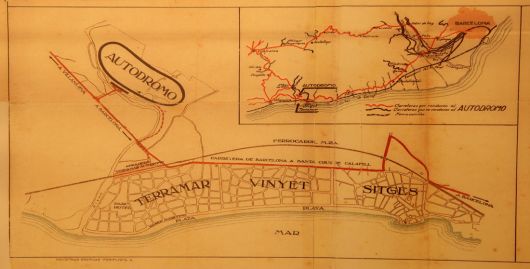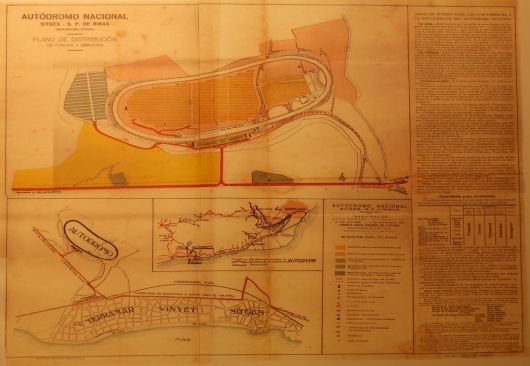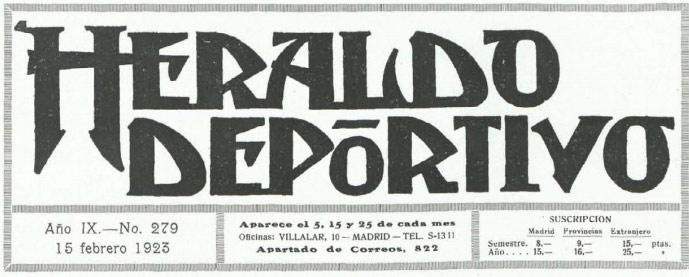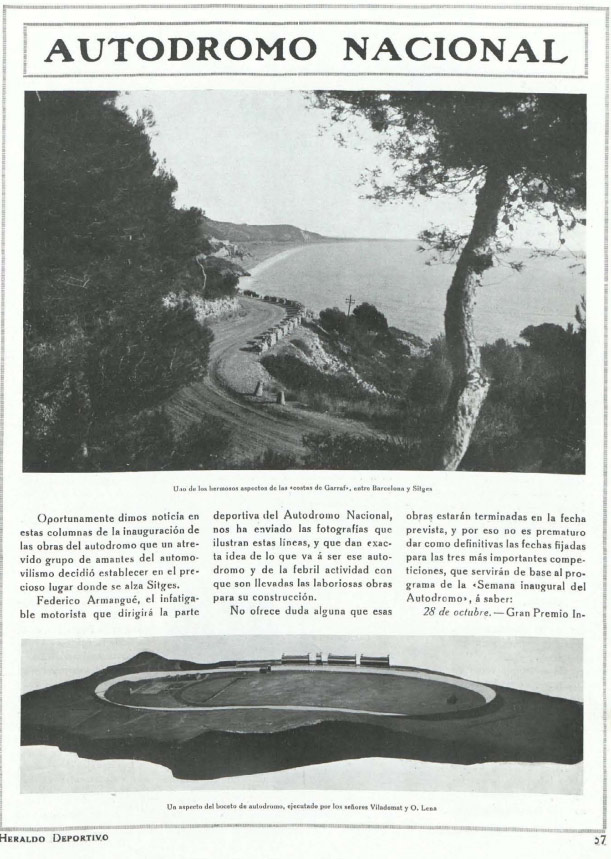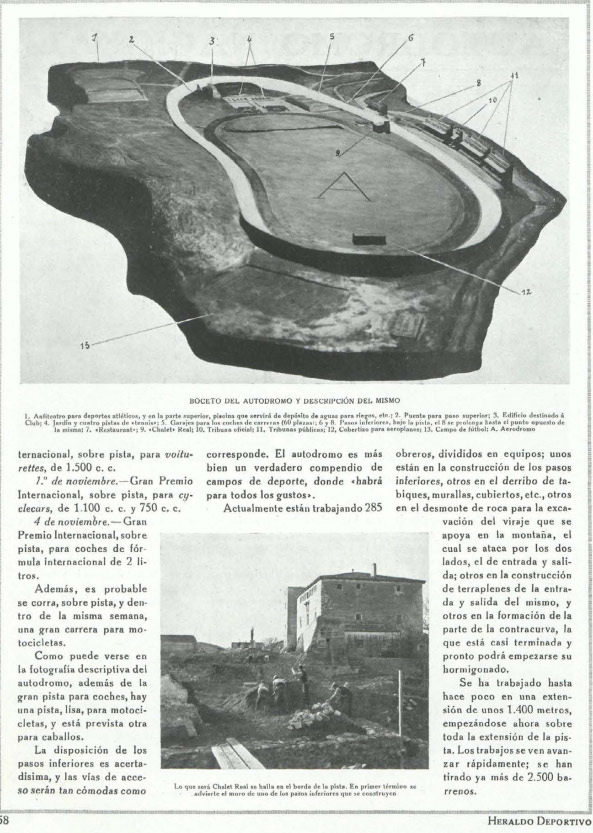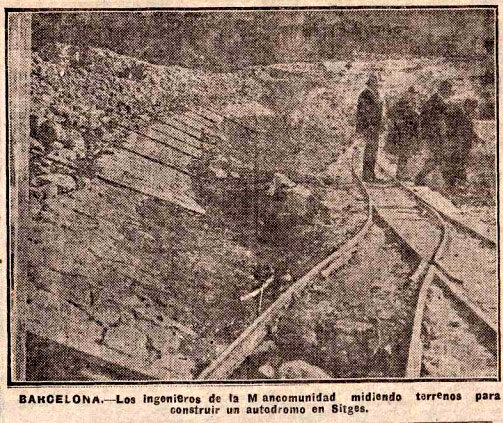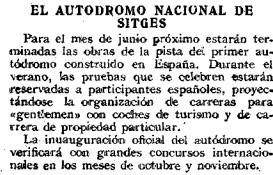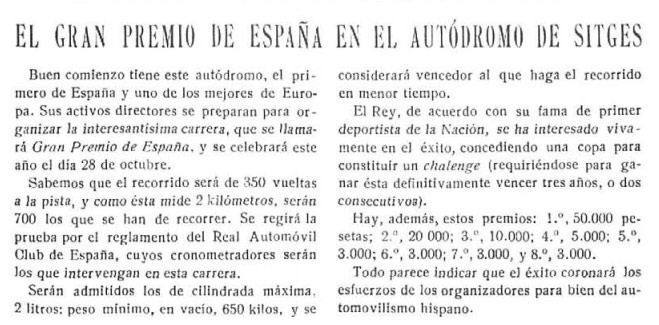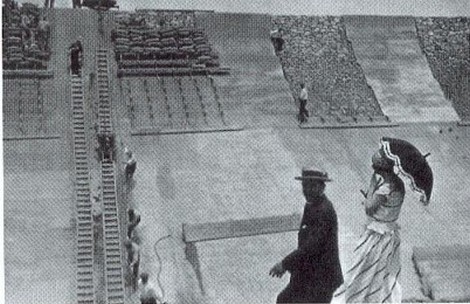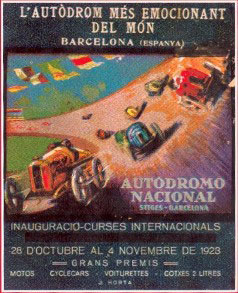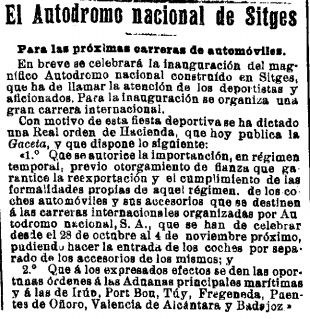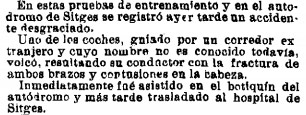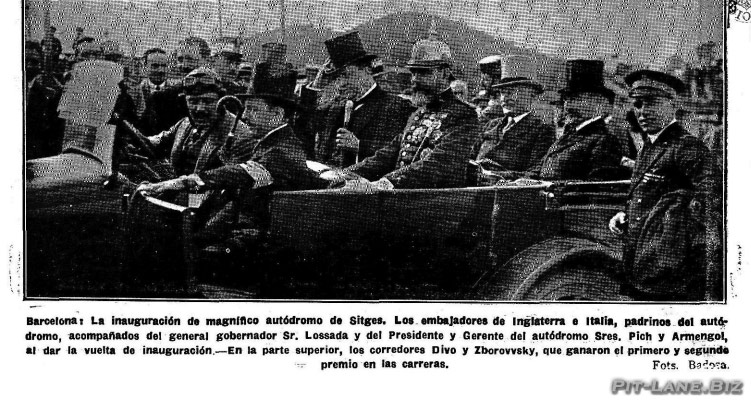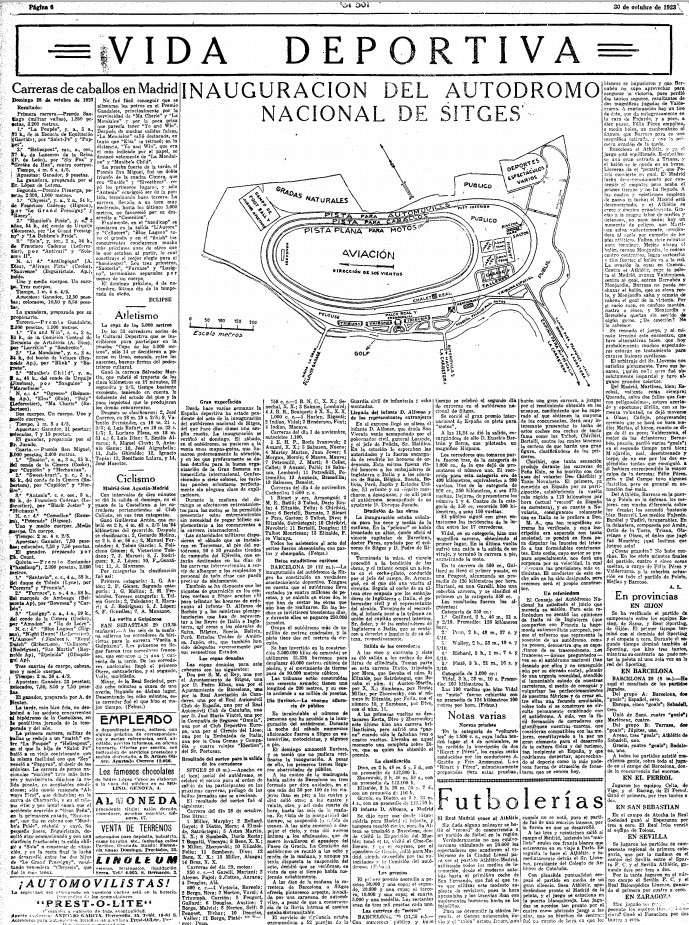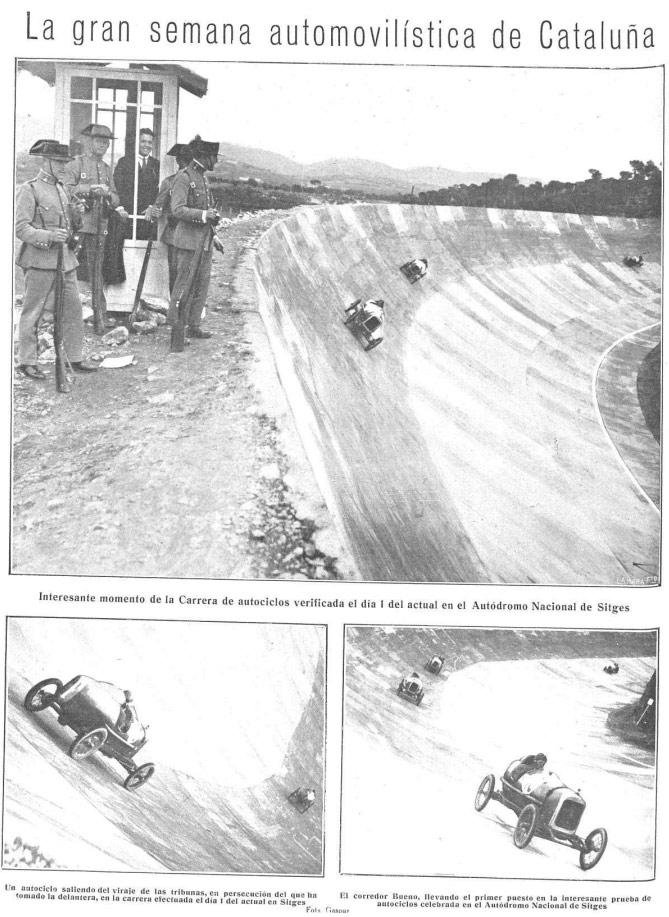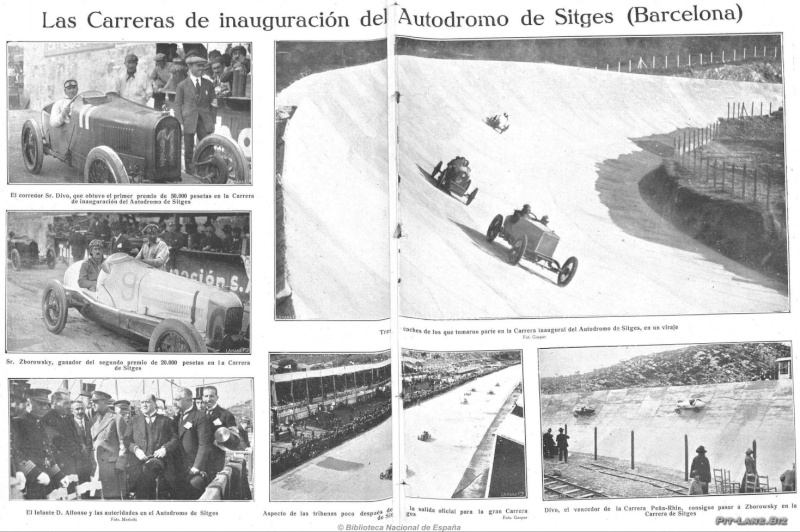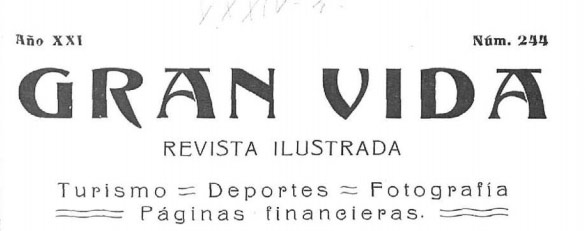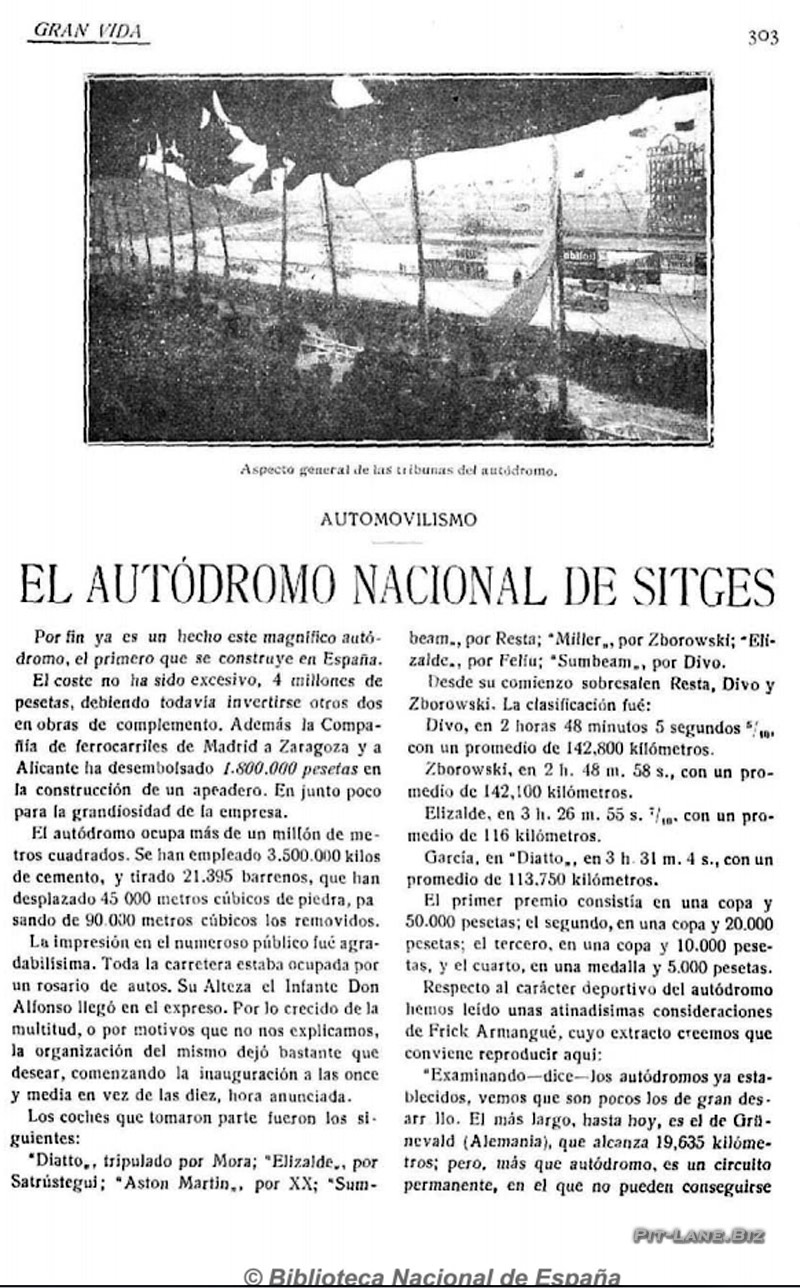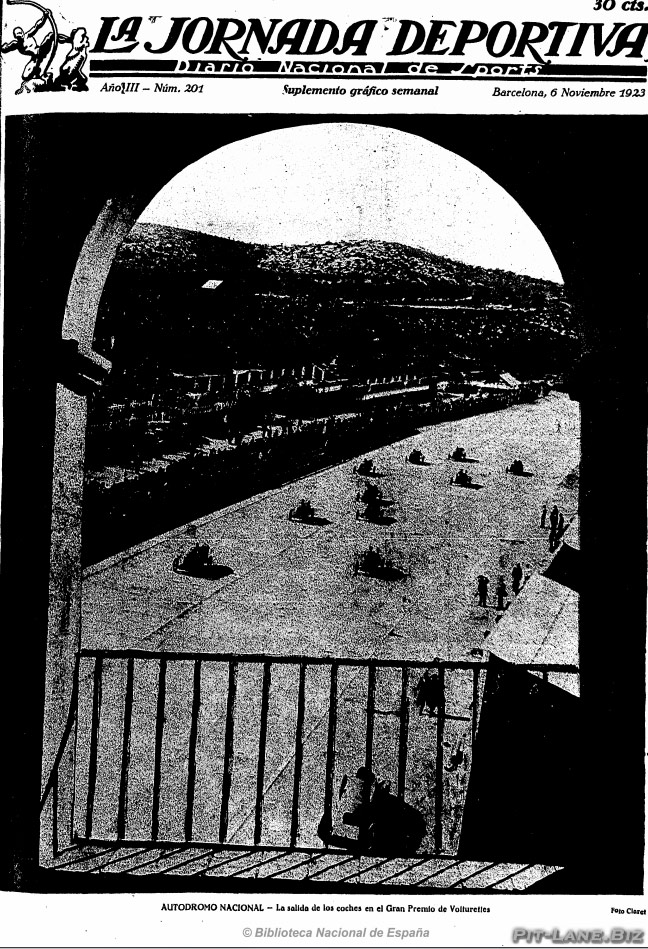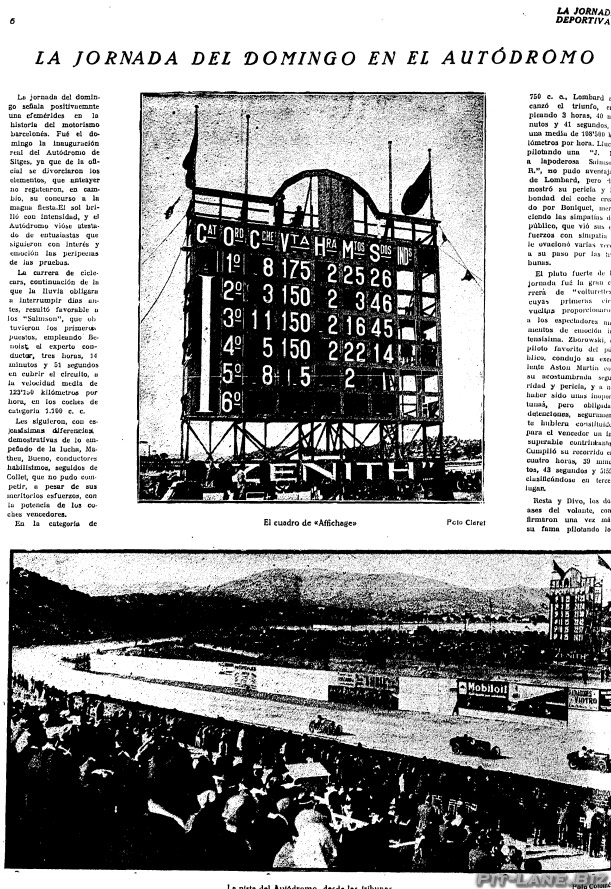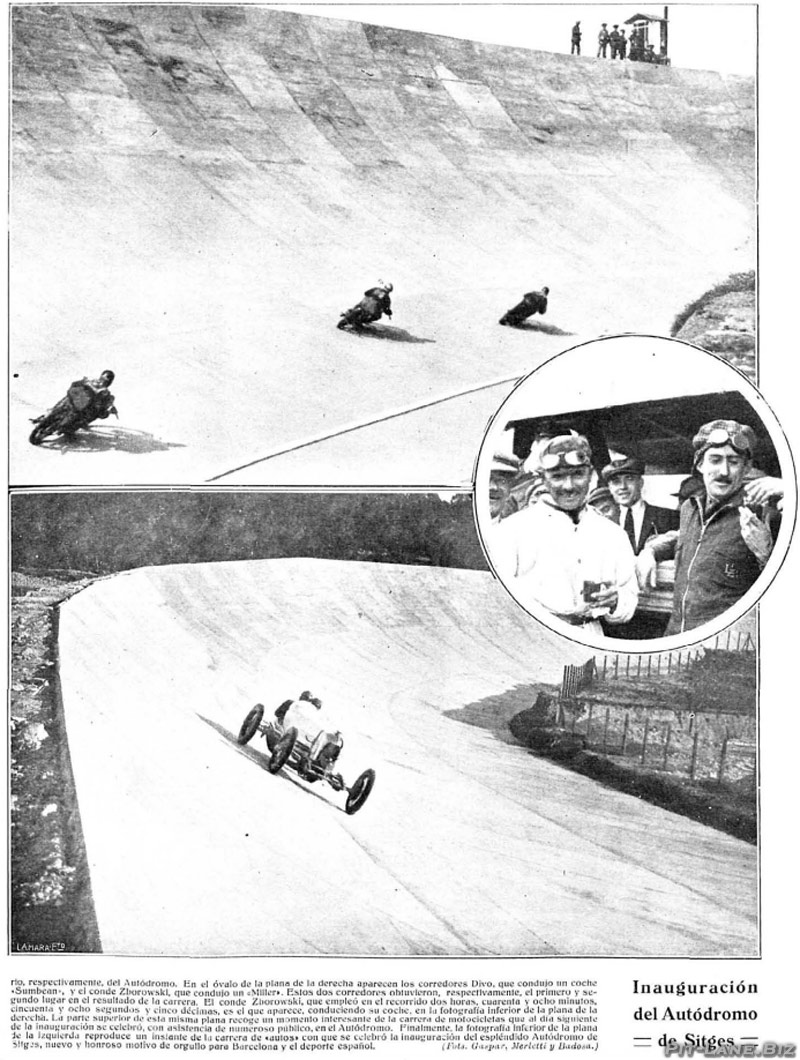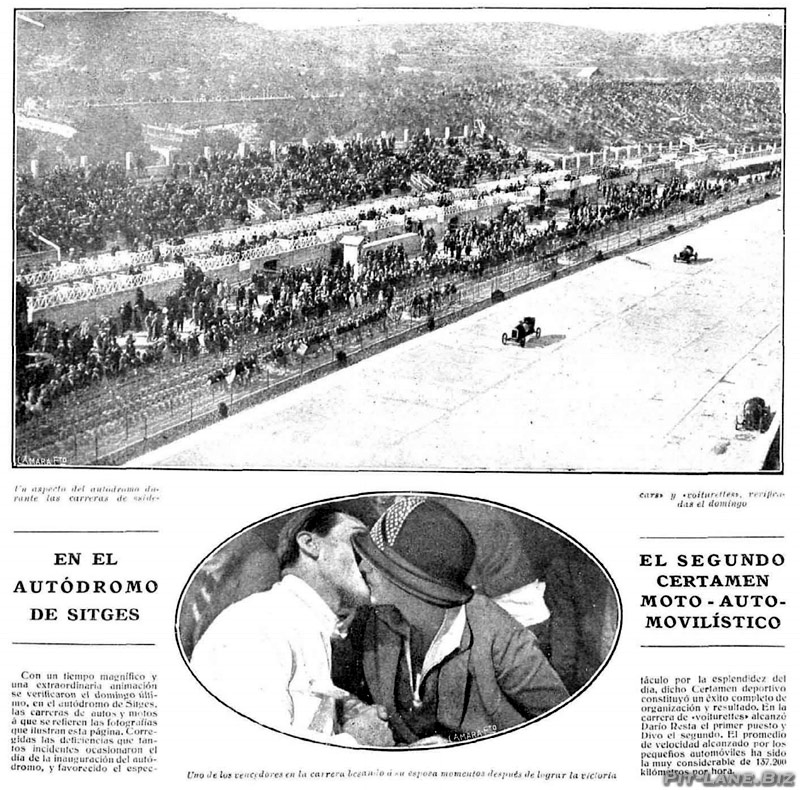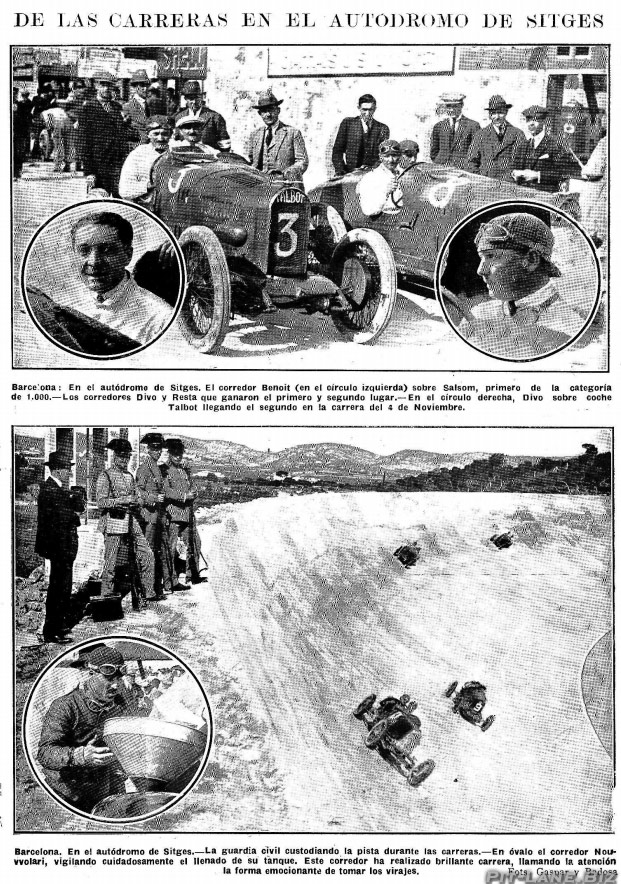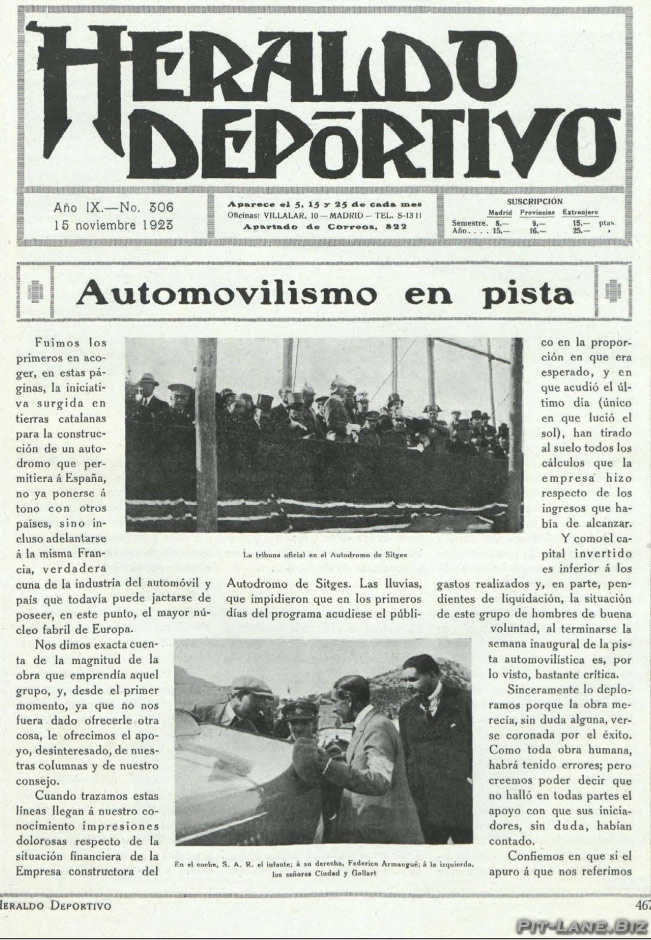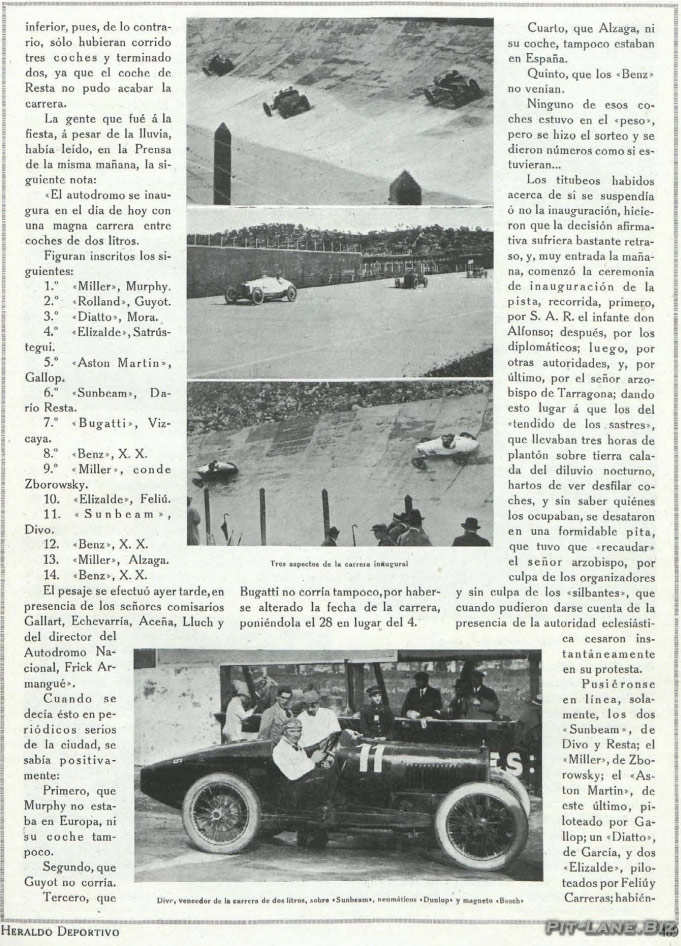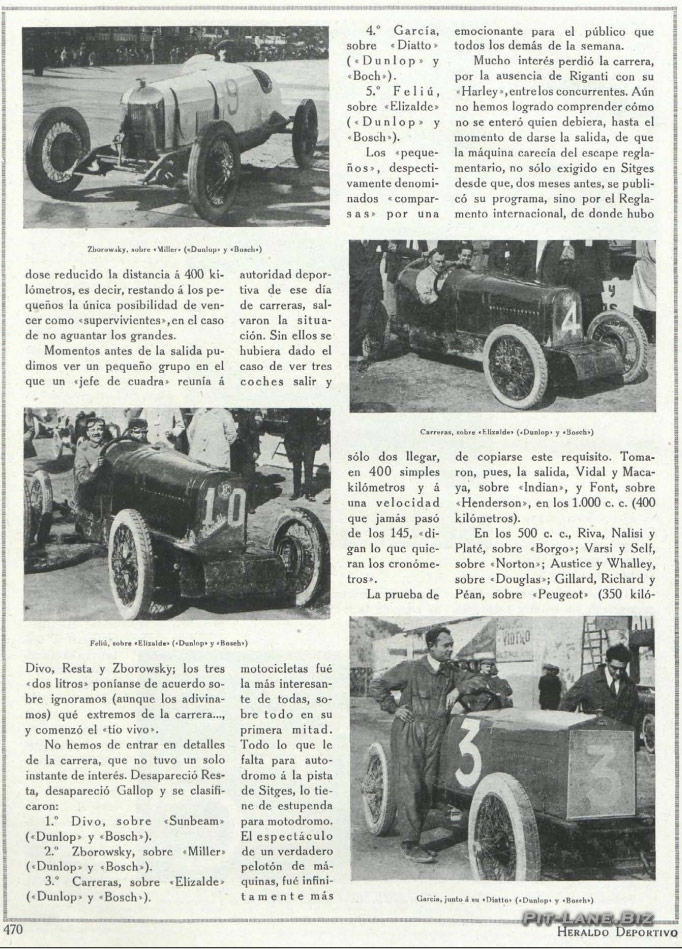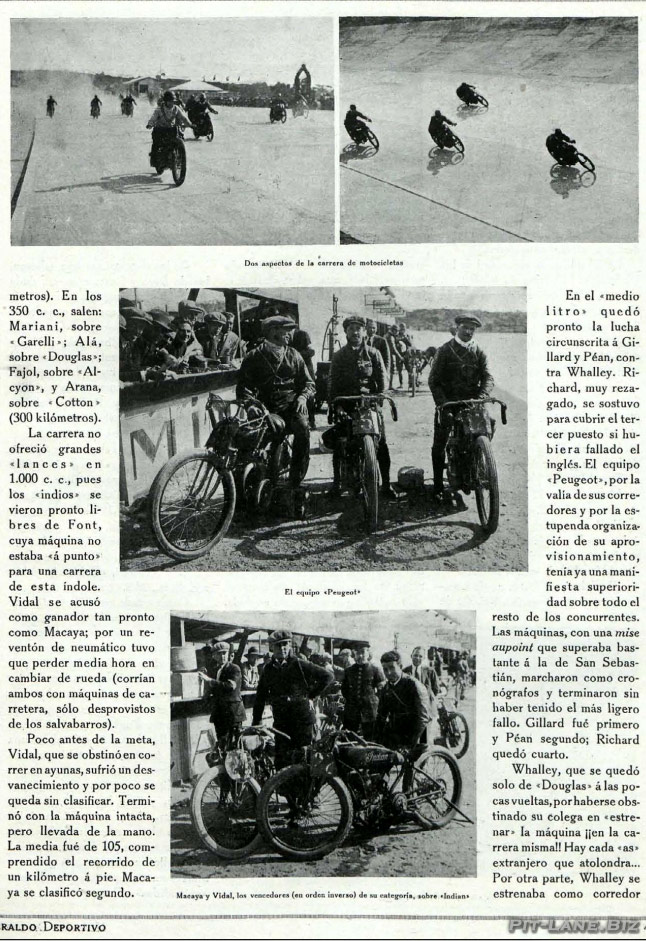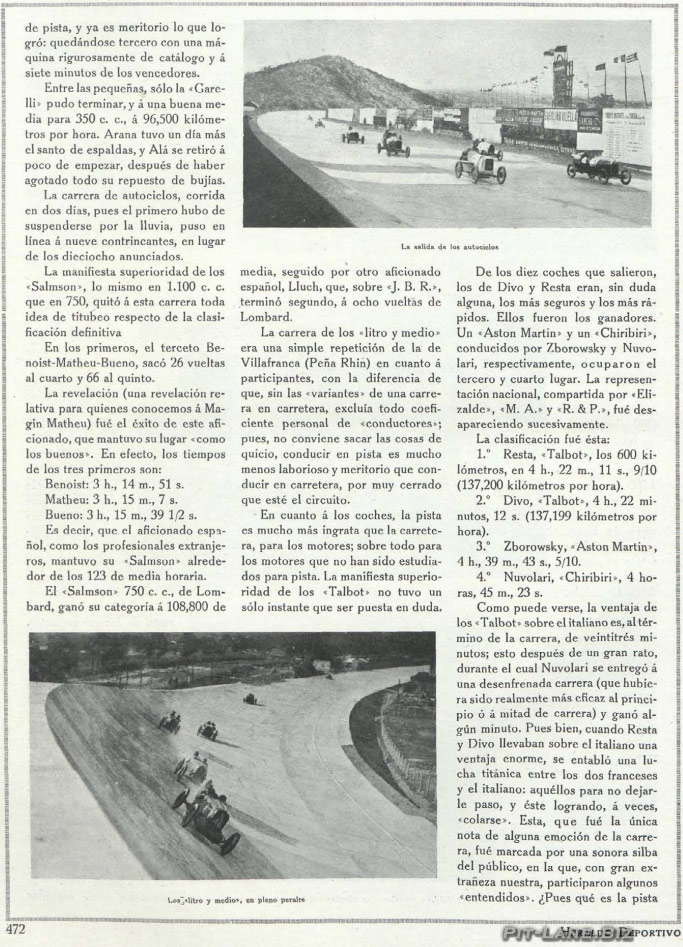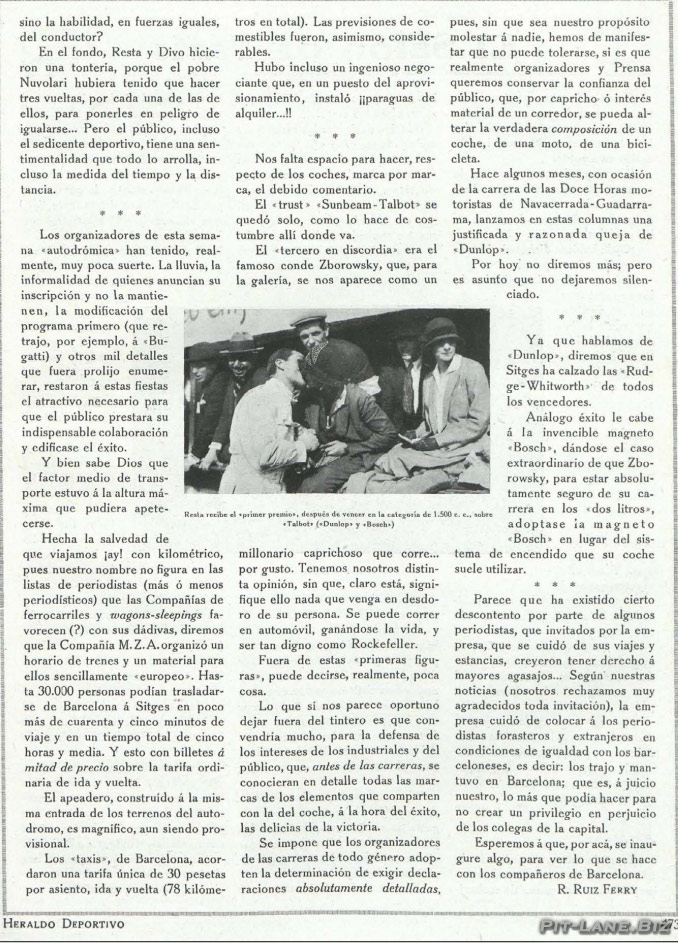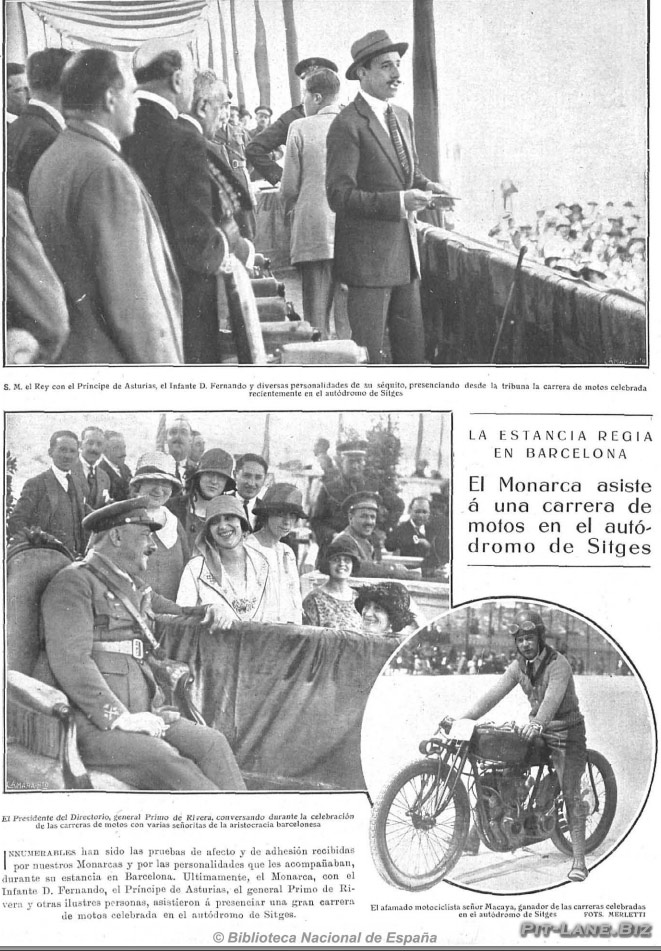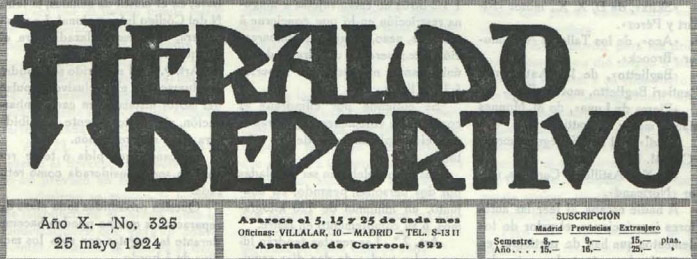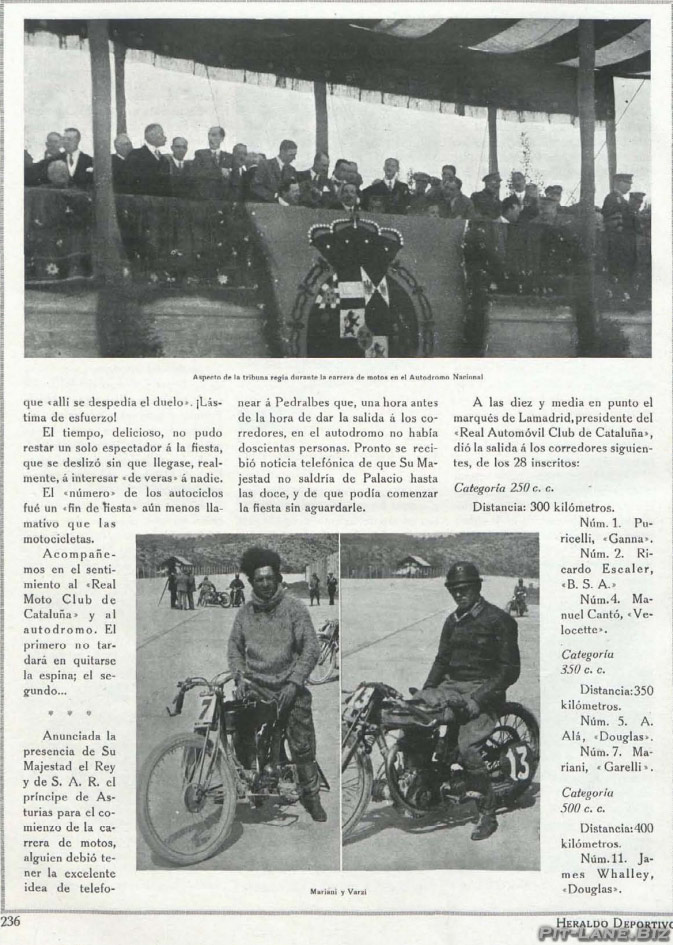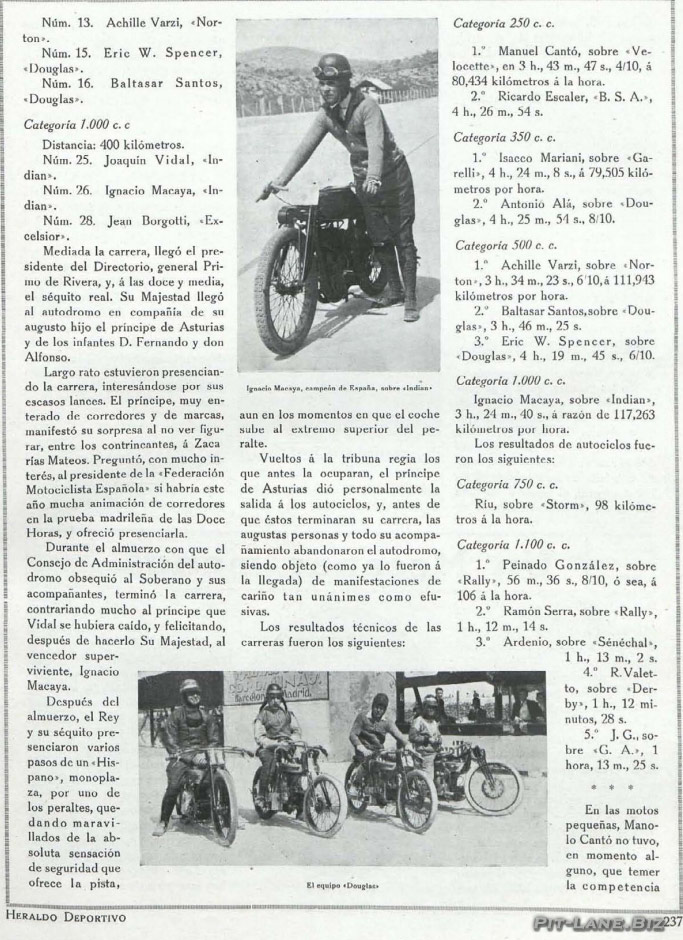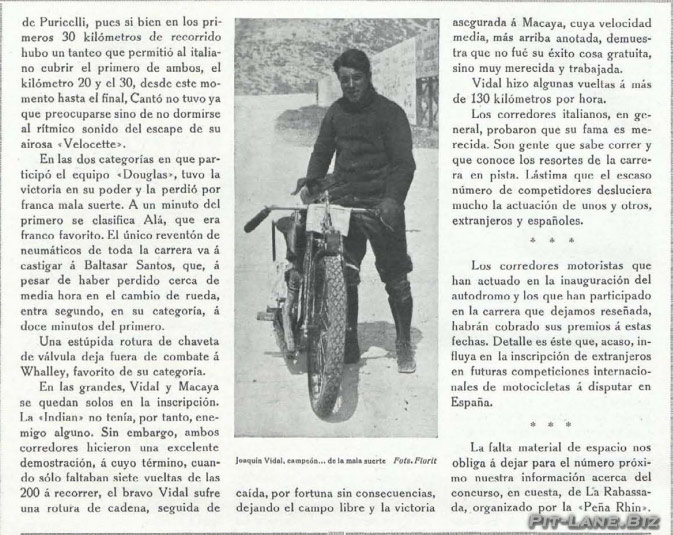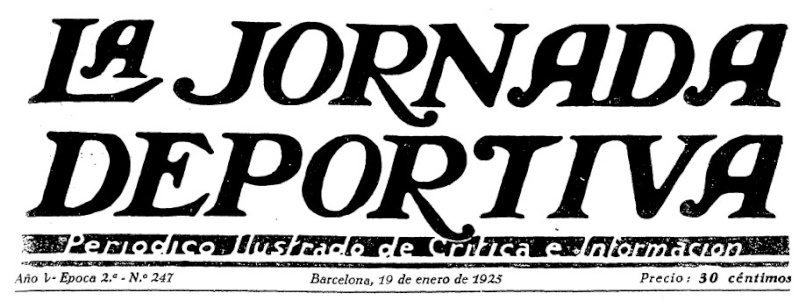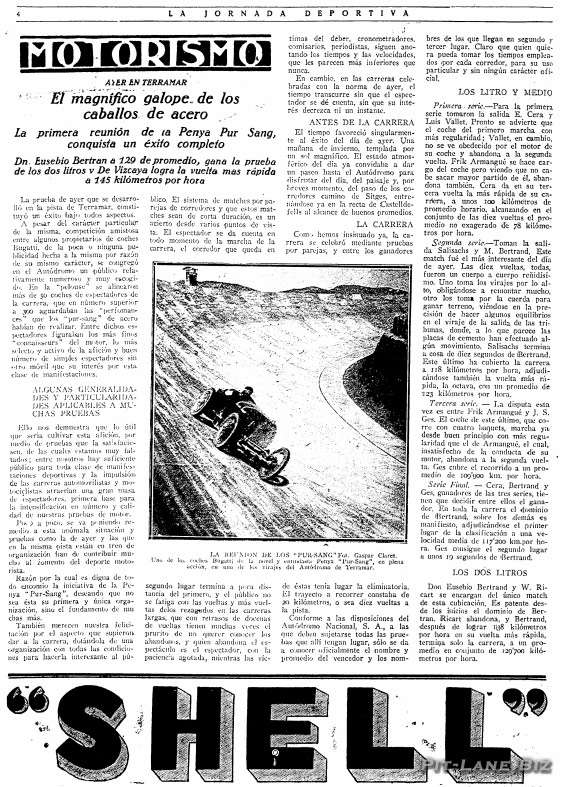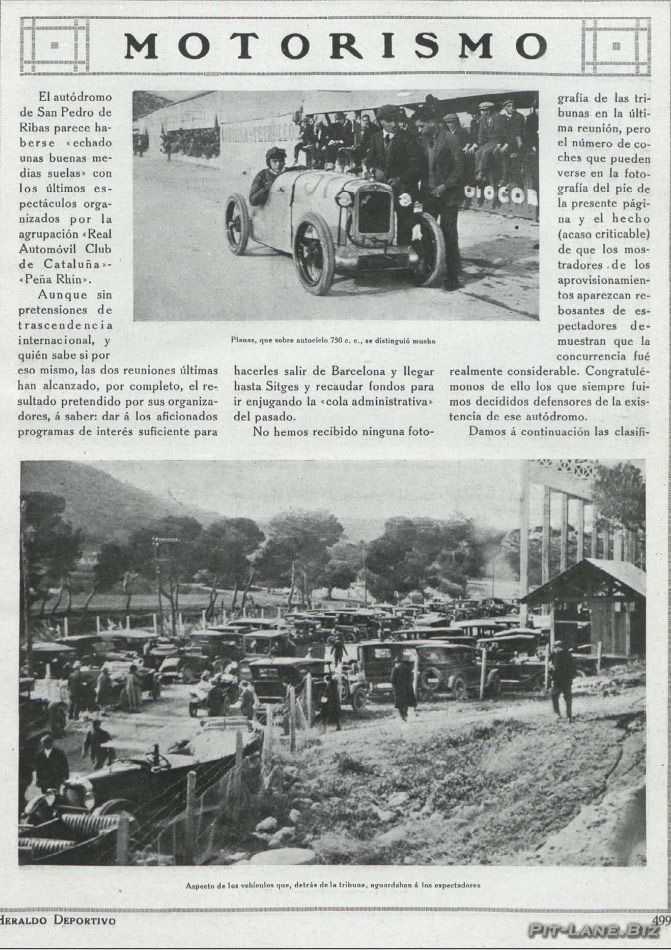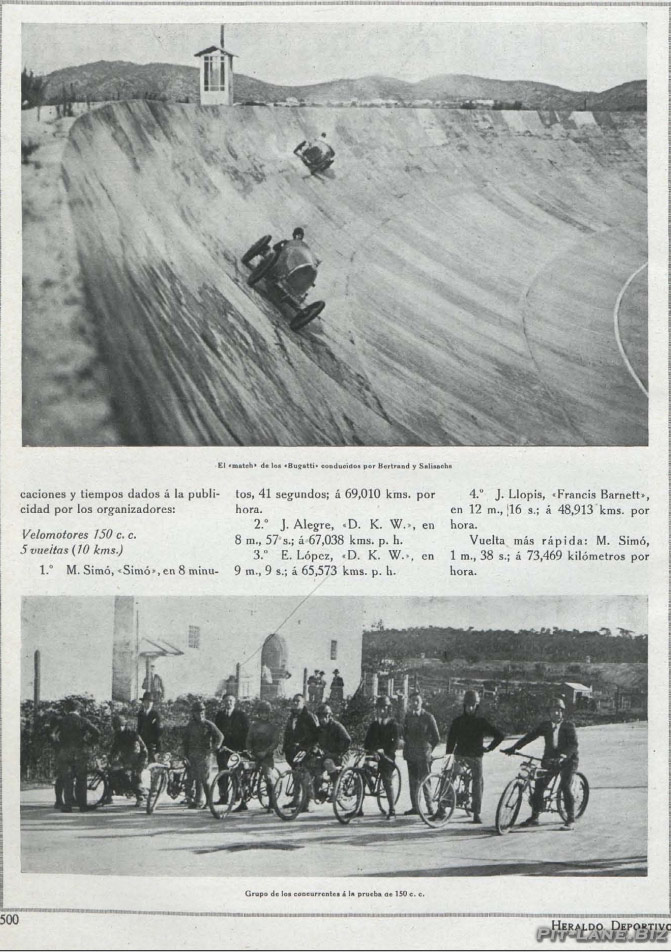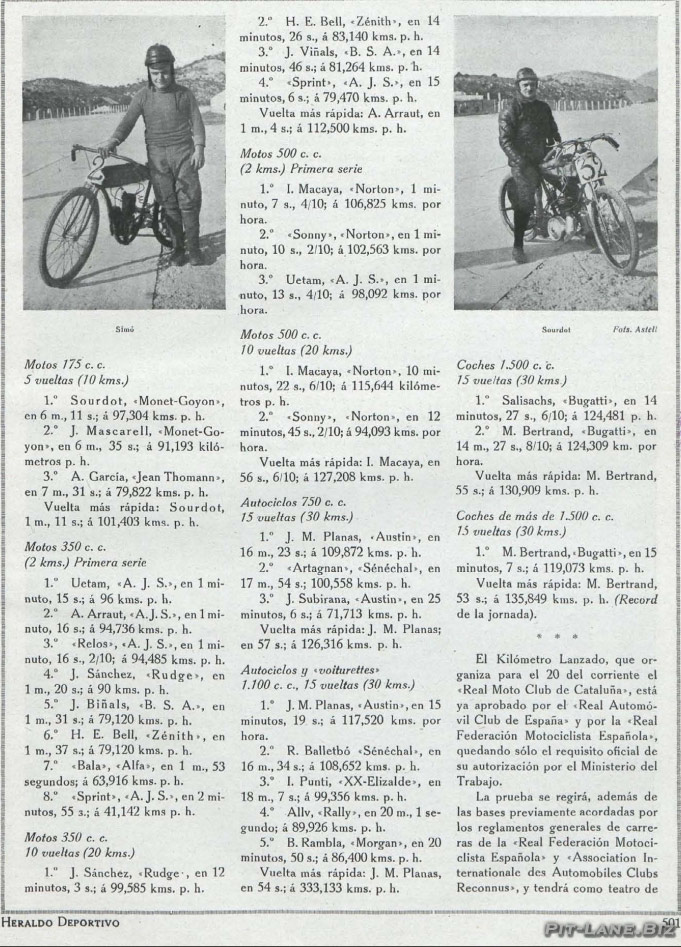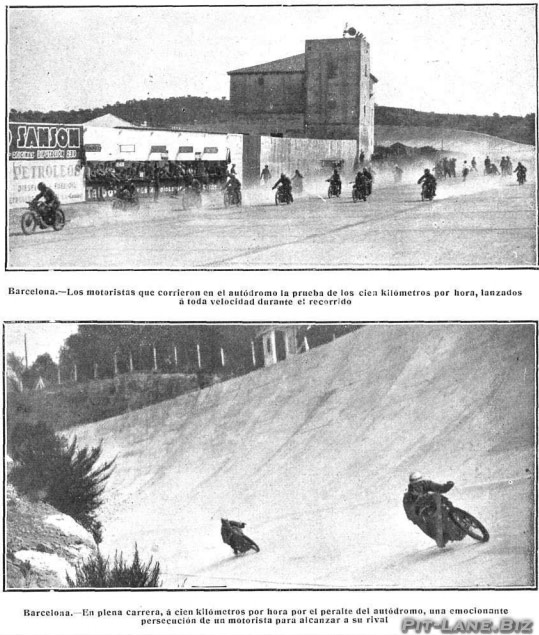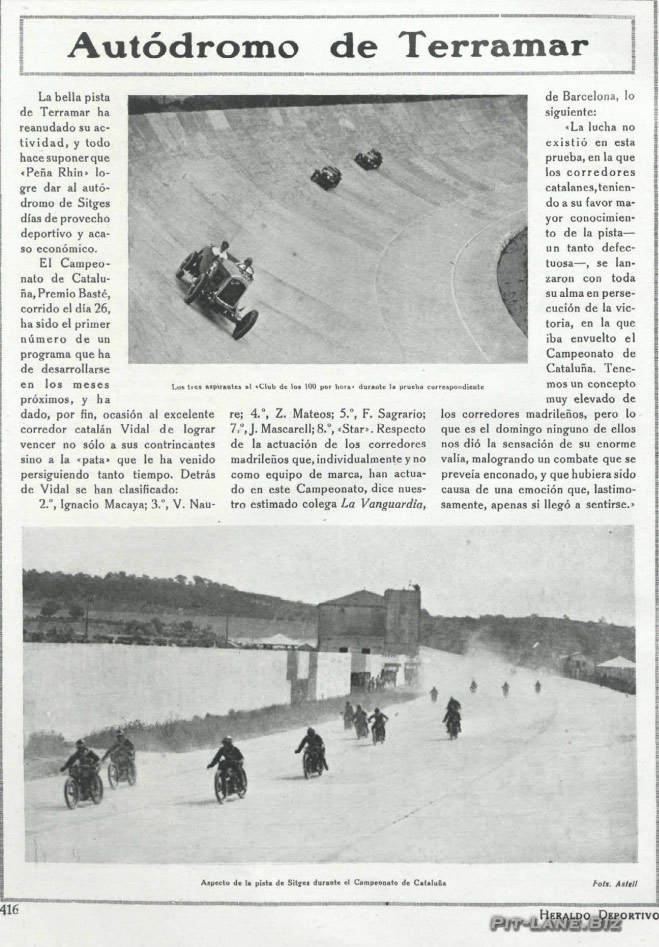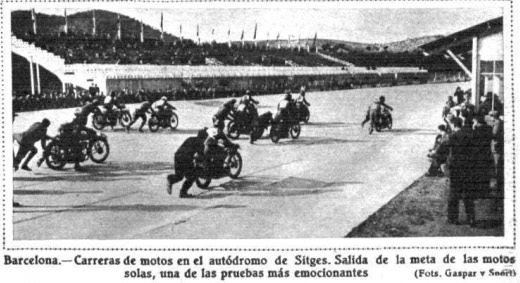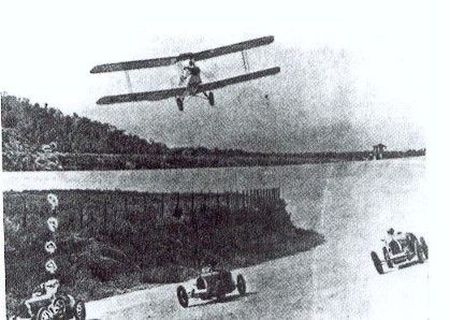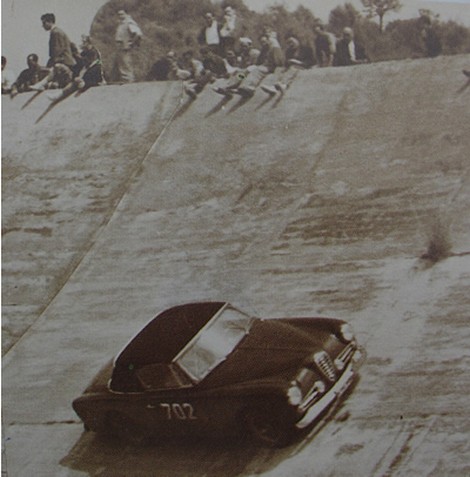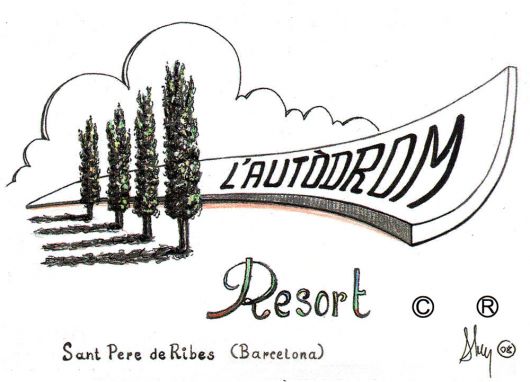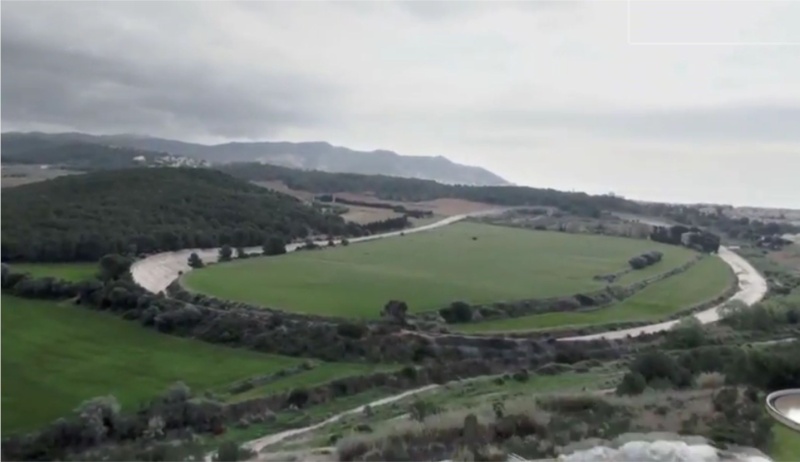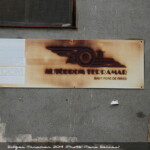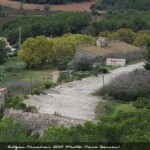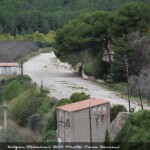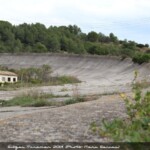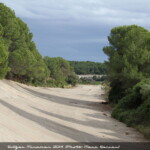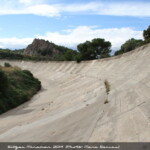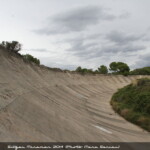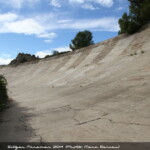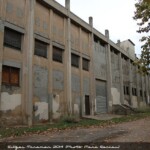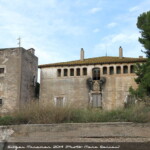In the series “and before this circuit, what was going on in the area? », let’s tackle the Barcelona-Catalunya circuit, located in the town of Granollers…
In Granollers, even when consulting our Spanish archives, we don't find much; just a few car races in town, with this tasty mix of prototypes and touring cars specific to this type of event, as well as a few rare photos of a motorcycle race...

Granollers 1971 – Photo credit: Louis Oulevey
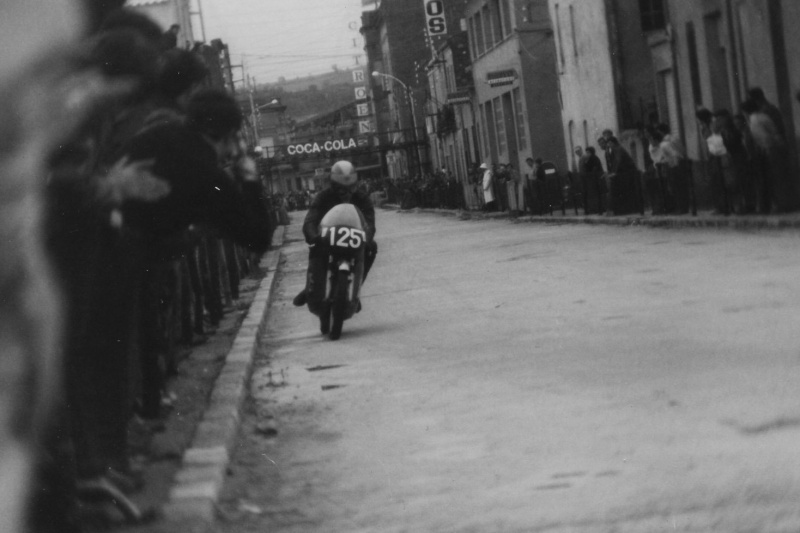
Granollers 1971 -Photo credit: Louis Oulevey
And despite the presence of the Derbi factory, Martorelles, or about 5 kilometers from the Catalunya circuit, where some races took place, you have to go further south to find a renowned motorcycling competition, that is to say in Barcelona and more precisely in Montjuïc Park.
Still a city circuit, of course, but this one has a glorious past since it hosted F1 races and continued until 1986 to host the 24 Hours of Motorcycle Endurance; it therefore deserves a topic in its own right!
But to find a “real” precursor circuit of Catalunya, you still have to go a little further south, to Sitges shore, where we still find today the remains of what was the
Spanish Monthlery; way of speaking since the French circuit was built just after the autodrome of Sitges.
As we will see later, for a country, having an autodrome was then a sign of prosperity and modernism...
This time, instead of searching the sites of our Spanish correspondents, we preferred to pay a (long) virtual visit to the Spanish national library; the opportunity to note, once again and with regret, that we are, in this area too, neither more nor less than a country quite behind the times since the Spaniards have long since digitized and switched to OCR almost all of their national archives, including the press, and offer them for free consultation on the web.
You said “France, country of culture for all”?
So, in a sort of childish revenge, we will not translate anything, but it will be easy for everyone to imbue themselves with the hope, with the greatness, then with the abandonment of what was and remains a kind of waste...
The story begins in 1922… Do you have a moment?
25th February 1922: I'Heraldo Deportivo presents the project to its readers through a more than complete file…
April 7th: the king is enthusiastic, releases credits and a commission arrives…
April 22th : work meeting in Madrid…
September 16, 1922 : the launch of the construction site is planned for tomorrow…
5th October, 1922 : report of this event…
December 15, 1922 : other photos of the laying of the first stone…
15th February 1923 : the work has started and the model of the track is presented…
March 6, 1923 : the work is starting to take shape…
March 9, 1923 : we announce the end of the work for the end of June and the first races for October…
July 31, 1923 : the king wants to have his circuit sponsored by the kings of England and Italy…
July 31, 1923 : seven inmates are added to the forty workers to speed up the work...
1er August 1923 : the work is still not finished but the first race is fully planned, bonuses included…
During this euphoric propaganda, the workers are on strike.
Obviously the press doesn't talk about it...
It will not do so until the 3rd, in all the newspapers, when the workers return to work.
August 3, 1923 : we “resolve” the conflict and move up a gear. 200 workers!
August 23, 1923 : the king gives two cups for future races…
Work is progressing (document origin unknown)…
12th October, 1923 : we are reducing port customs formalities to facilitate the arrival of foreign competitors…
20th October, 1923 : during testing, a foreign pilot is injured…
28th October, 1923: the second Spanish Grand Prix takes place, effectively sponsored by Italy and the United Kingdom…
30th October, 1923 : report of the inaugural races. Note that censorship is not hidden…
Graphic world:
Rare photo of the motorcycles which, it should be noted, are turning in the opposite direction to the cars...
November 15, 1923 : as usual el Heraldo Deportivo offers the most complete reporting…
Videos retracing the life of the circuit…
Alas, alas, despite all the splendor of this first event, it is rumored that the coffers of the builder-organizer, Frick Armangue, were emptied by the public works companies who demanded to be paid on the spot and that the prices clearly trumpeted throughout the press were never given to the winners of the various categories.
Sitges is starting to get a bad reputation...
This did not prevent the organizers from planning the first Motorcycle Grand Prix of the Spanish championship, on May 18, 1924, jointly with the Gran Premio Internacional of the “Real Moto Club” of Catalonia”.
This time, the king moves...
We will see another race there January 1925 ...
Then one in December 1925 ...
One in September 1926…
One in April 1927…
Today, with a little diplomacy, you can still explore it on foot and soak up the place.
To do this, simply go to Sitges, a town located a good twenty kilometers south of Barcelona via the C-32 motorway, exit at exit #26 and go down towards the sea; you will then find the autodrome on your left, almost free of access if you politely ask one of the three or four families who live there...



